Dragonflies, Stag Beetles, Salamanders and Butterflies
Andreas Tscheppe is part of the Styrian quintet of vignerons called Schmeck das Leben (Taste of Life). He has small vineyard parcels in a few locations and a corner of a cellar in his brother, Ewald’s house, where he makes his wine. He only makes white wines from Sauvignon, Chardonnay and the two Muskatellers – some are straight pressed, some are skin contact wines, all spend a long time in barrels maturing before they are ready to be released.
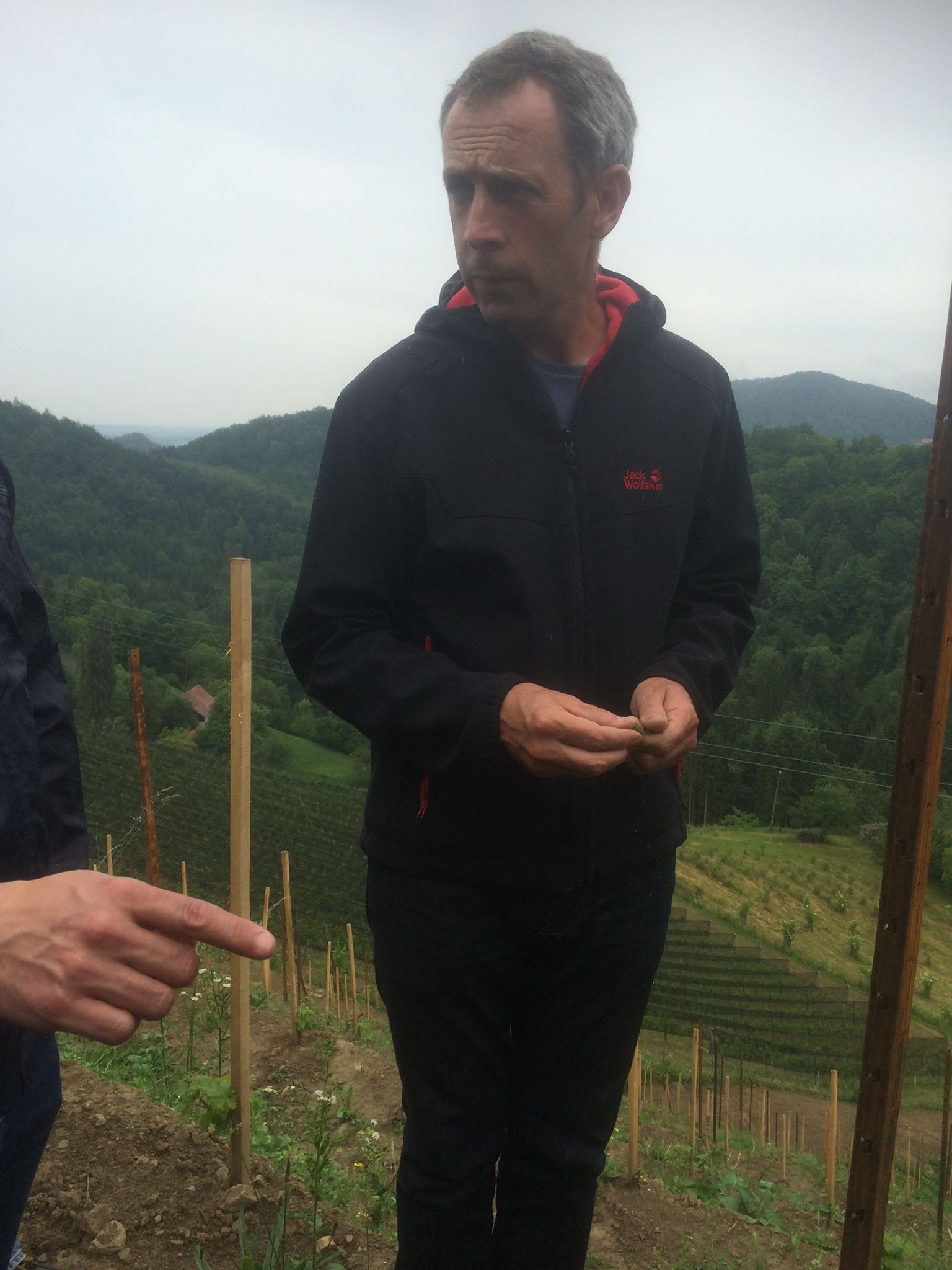
Farming is biodynamic. Each plant has its place and every living thing is taken into consideration in the belief that the vitality and complexity of the soil are the basis for expressive wines. The vineyards are invigorating places to visit full of flowers and insects.
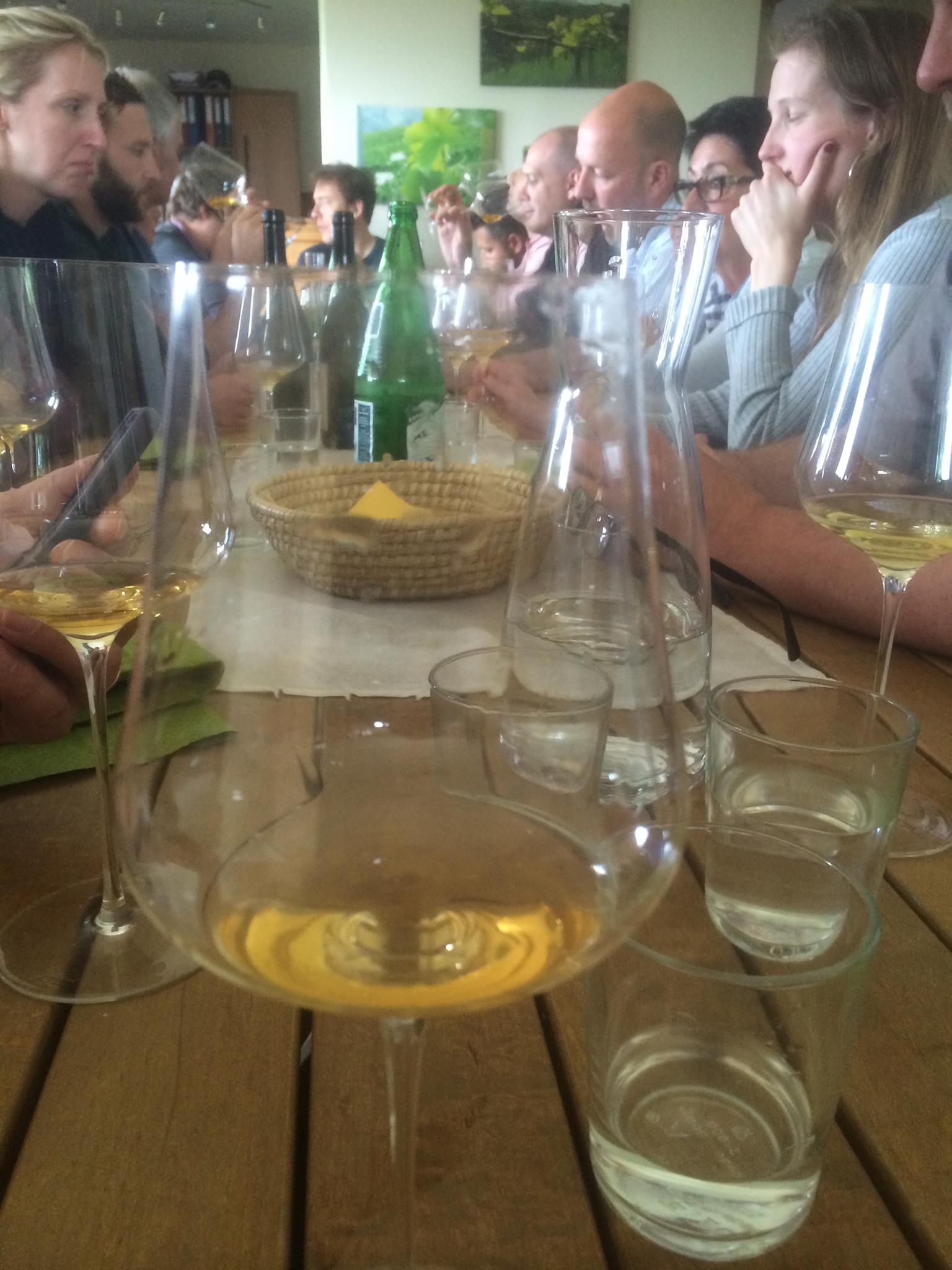
After a delightful five course lunch prepared by Elisabeth Tscheppe, we were taken by Andreas to the south-east facing high altitude vineyards of the Krepskogel. The steep terraces lie 500m above sea level and are surrounded by the thick forests. You are but a hop from Slovenia – indeed we drove across the border to reach the vineyard. The soil is very sparse and dominated by Opok with lots of stones on the surface. The remarkably high mica content in the soil is seemingly responsible for the particular graphite scent of the wines.
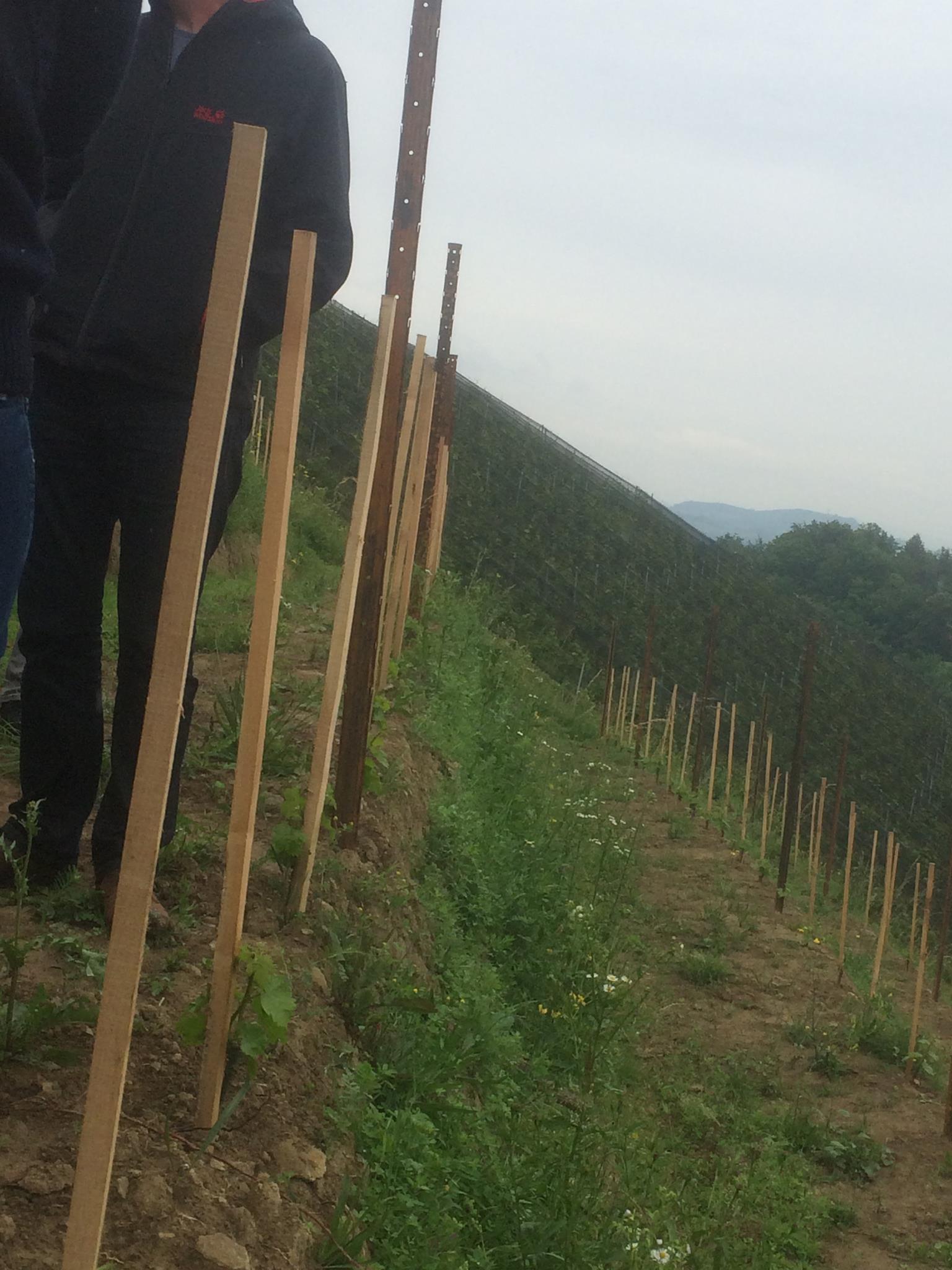
Krepskogel new plantings
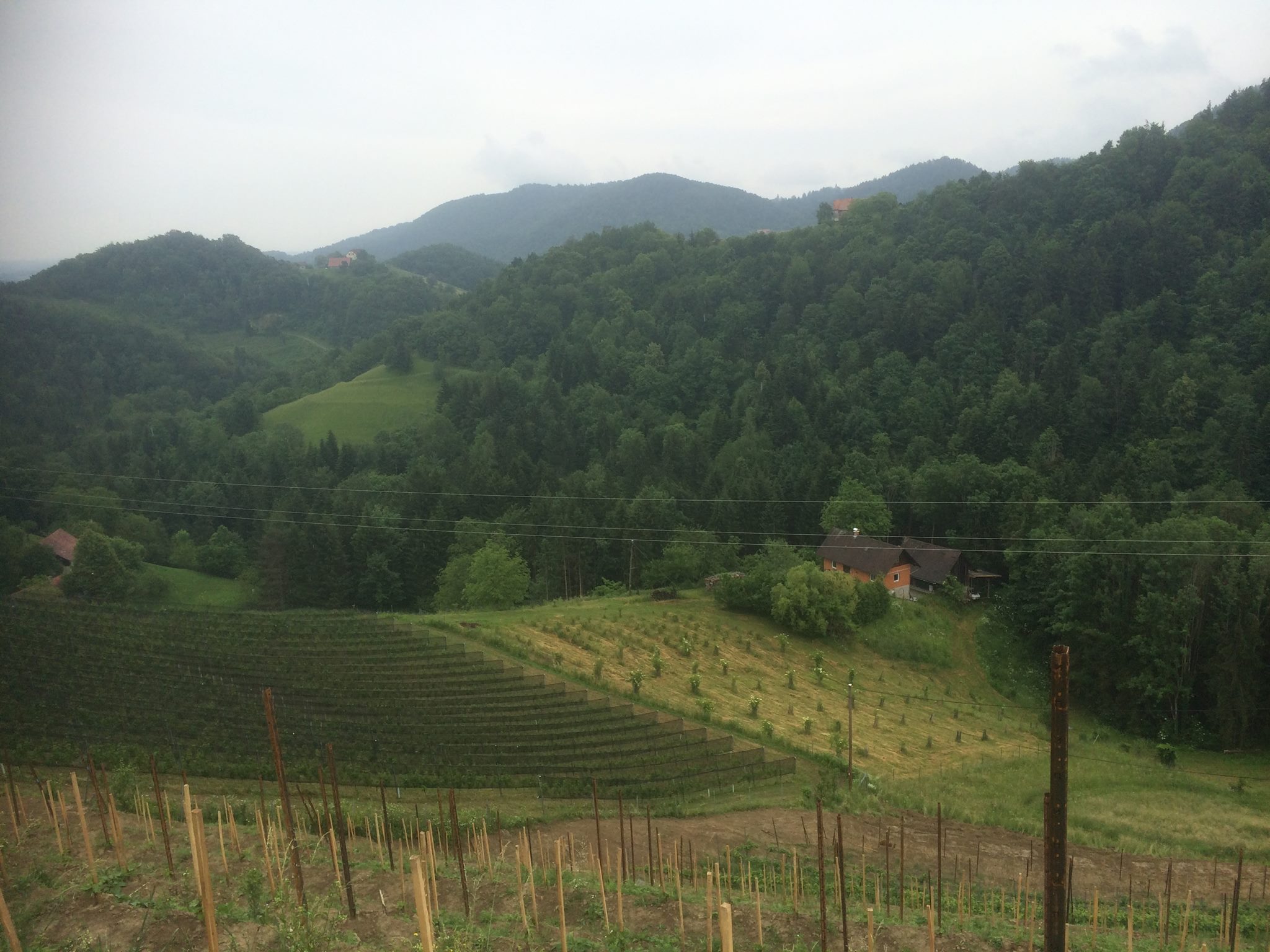
Andreas takes us to where the new plantings are. These vines are scarcely out of their nappies, but they are subject to the stony energy of the Krepskogel. Andreas speaks about the dialogue of the earth and the air and we see the roots of the vines peeking out and being part of the conversation. And even on this drabbest of drab days there is a delightful splash of colour from small clumps of flowers and weeds that thrive in each of the rows.
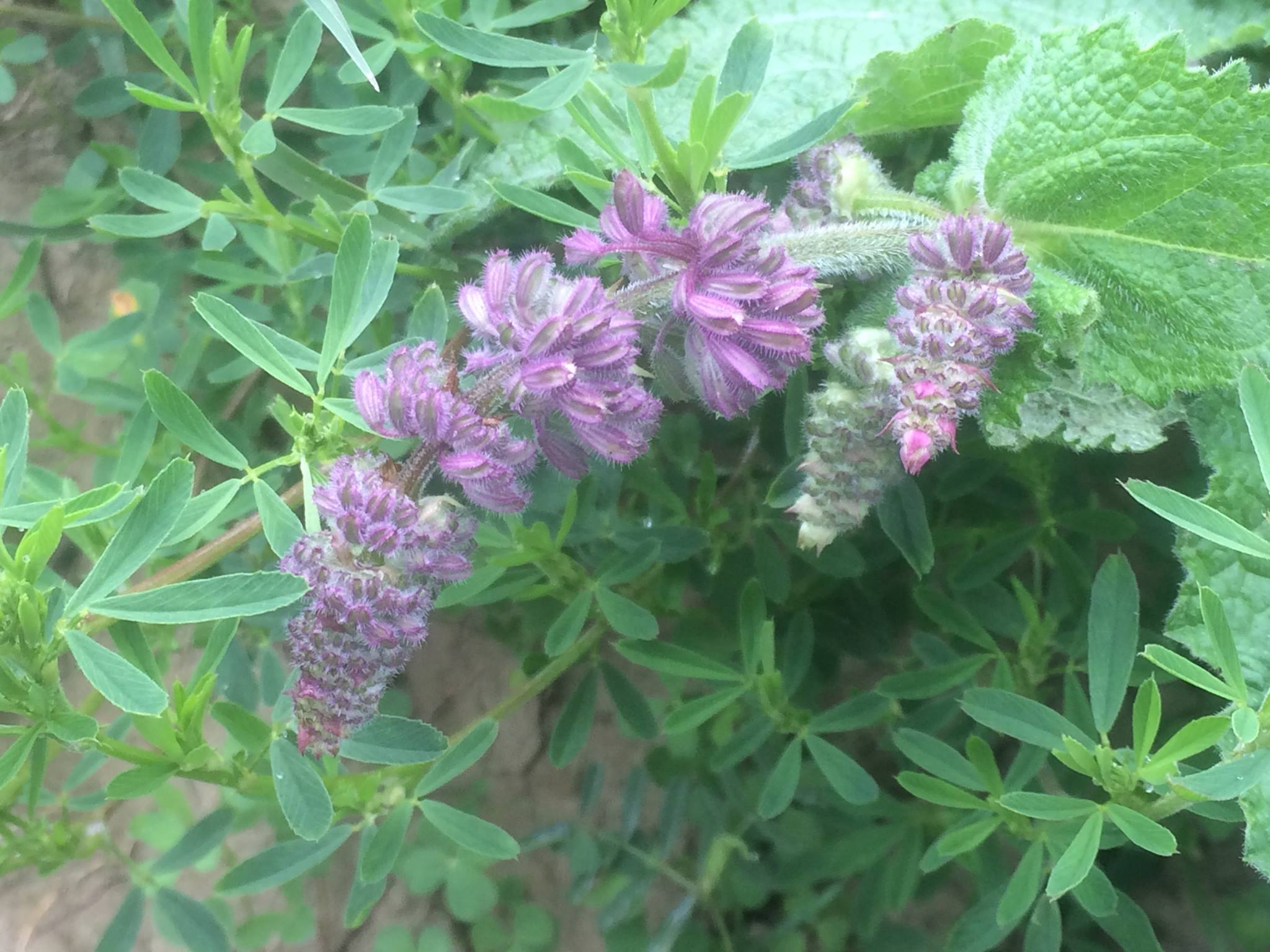
A vineyard full of wild flowers
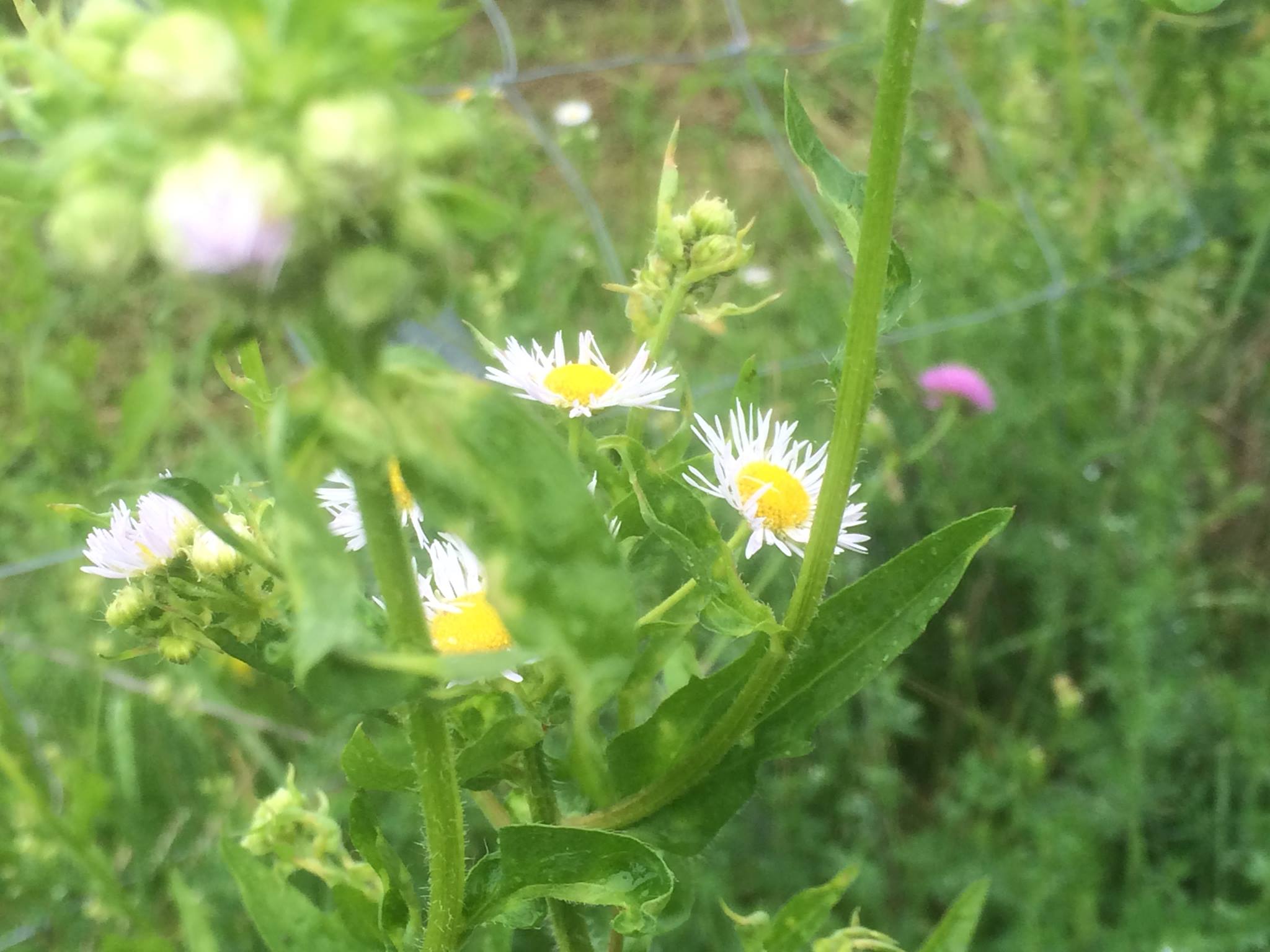
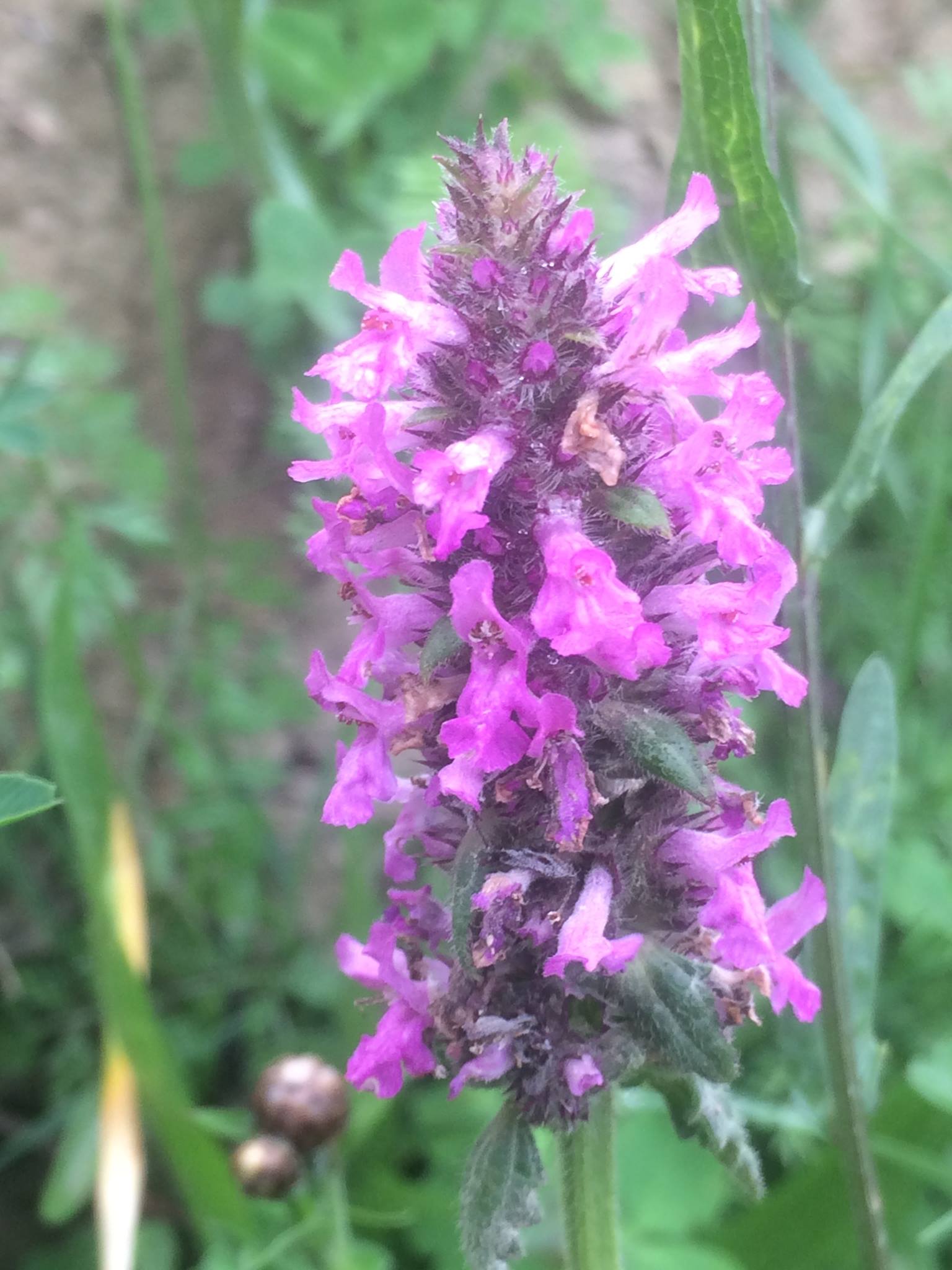
Harvest is only done by hand. Selection already happens in the vineyard with naturally low yields. The destemmed grapes rest for a few hours before the berries get crushed. After a gentle pressing process the extracted unfiltered grape must is decanted into wooden barrels. Here it ferments solely with the help of native yeasts. Using only a minimal amount of added sulphites (if at all), the unfiltered wine is bottled after a storage time of 18-24 months.
Back in the tiny winery we try barrel samples of all the 2015s. The alcohols on the 14s (as with Sepp’s wines) were ridiculously low: 10.5 – 11%. 15s are a bit richer. Everything is showing fantastically.
Blue Dragonfly is a charmer. This is the more floral and less intense of the two Sauvignons with notes of elderflower and wild mint. The wine is almost velvety in the mouth, tranquil, harmonious.
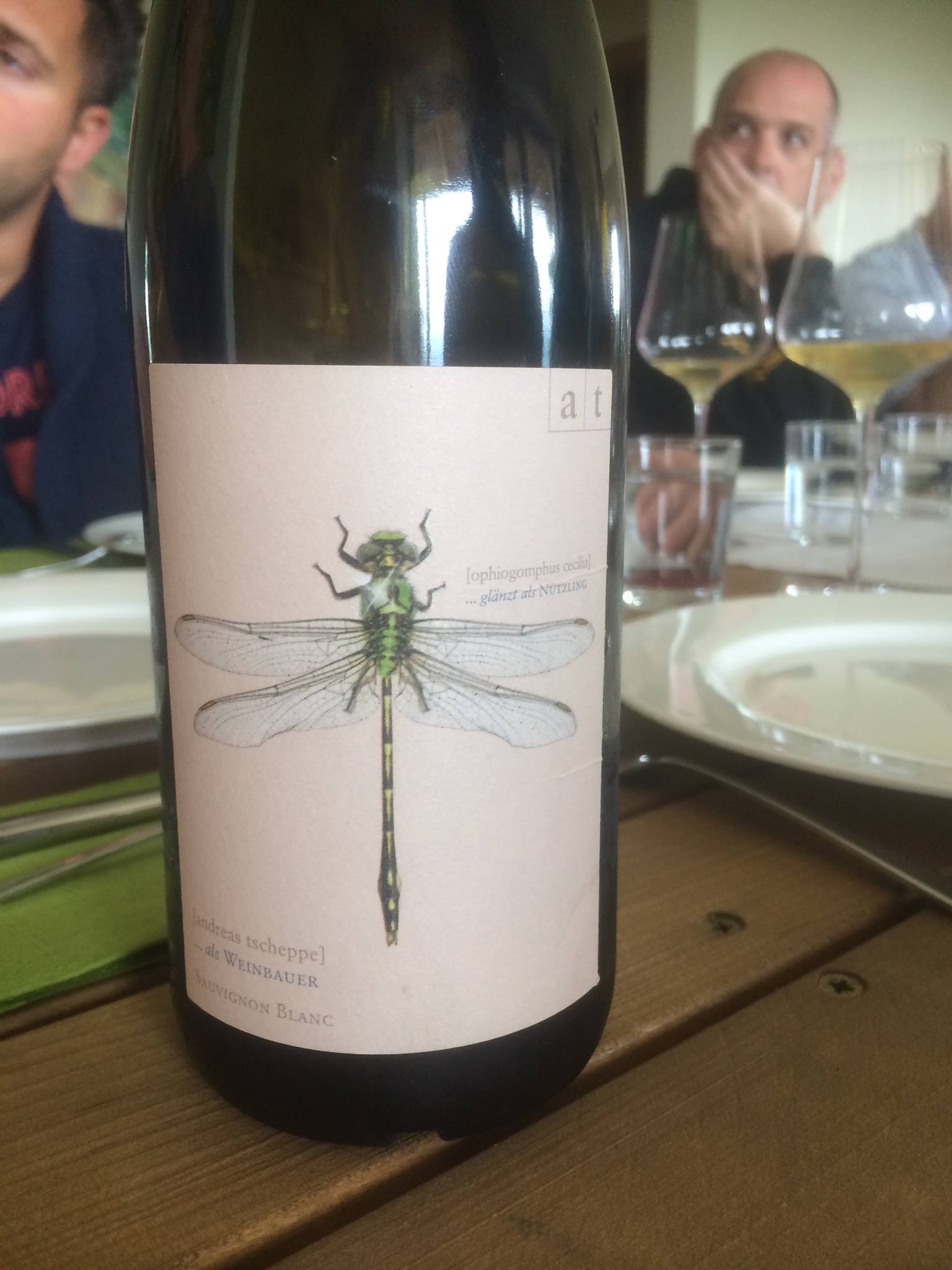
Green Dragonfly, meanwhile, is bursting with life, an aromatic firework of minerals and herbs. Despite its thickness, it is cool and focused with a touch of matchstick reduction giving it an edge. When one tastes his Green Dragonfly one can visualise Andreas Tscheppe in his vineyards hotching with fauna and flora, grasses, weeds, herbs, dragonflies, his eyes darting, alighting on a certain grape bunch, touching, feeling, plucking. This thrilling vitality communicates itself seamlessly into the wines.

The grapes for the Salamander grow on the terraced vineyards of Czamillonberg. This vineyard faces south and the soil is sparse and dominated by calcareous marl. The low yield in addition to the meticulous farming ensures a multi-layered wine. All Andreas’ wines are made in the same way; his Chardonnay takes on extraordinary balsamic complexity and lingering mineral flavours.
The Two Muskatellers Ride In!
Segelfalter & Schwalbelnschwanz. There’s Muscat and Muscat, and there’s Tscheppe’s versions. The former, a Gelbermuskateller gets your superlatives juicing, whilst the skin-contact Goldenmuskateller will leave you on your Hosenboden!
Two utterly “butterfly” wines, aromatic yet wild and herbal, with firm-fleshed yellow-leaning-into-gold fruit flavours and bitter quinine notes The Gelbermuskateller is a long established variety in southern Styria. Muscat wine thrives on the Krepskogel. Its exceptional flavour spectrum manages to be exotically floral with beautiful notes of white and yellow peach, pink grapefruit and white spice. The finish is dry yet tongue-enveloping, ripe fruit offset by refreshing bitterness and wild herbs.
The Goldmuskateller grape originates in the South Tyrol. Tscheppe brought this grape variety back to Styria and planted it on the Krepskogel. In its youth the strong tannins from the three weeks on skins make this wine taut and tart, which is part of the charm! The flavours play like an orchestra from your nose to your palate, the length is endless, the fruit darting out from the smoky-spicy ensemble.
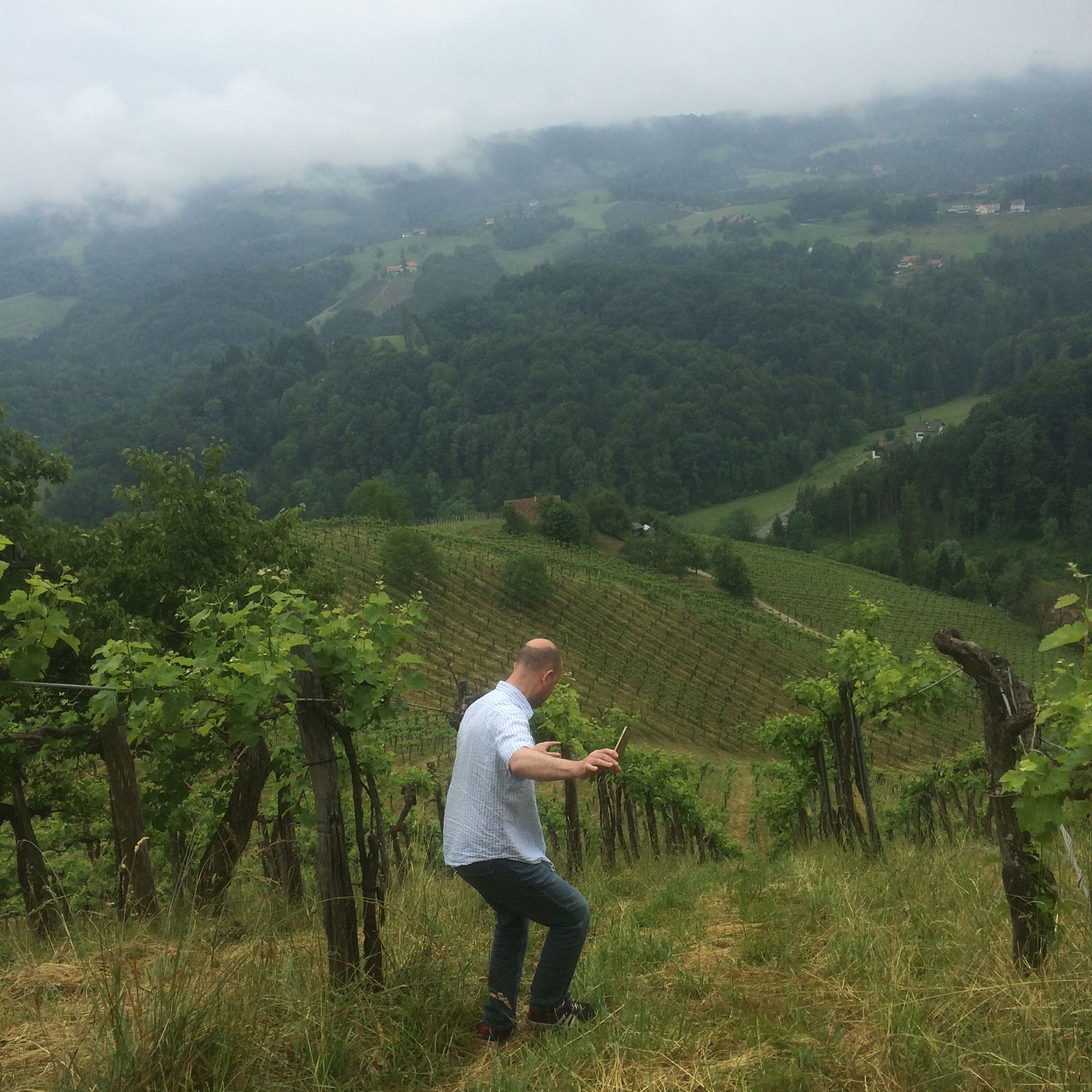
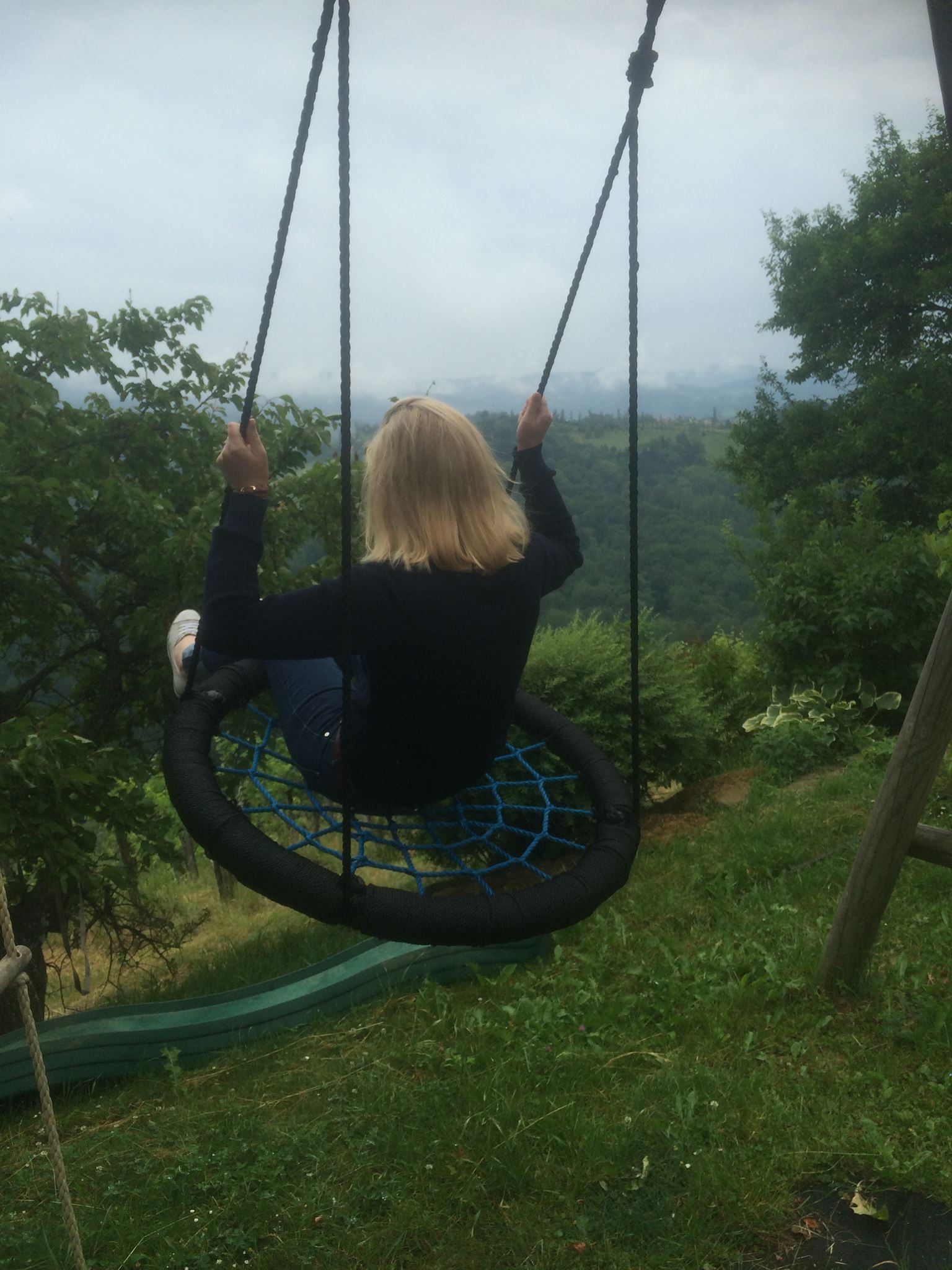


Pingback: The Pyrenees Go to Austria: The Final Day – Michael Andert & Judith Beck